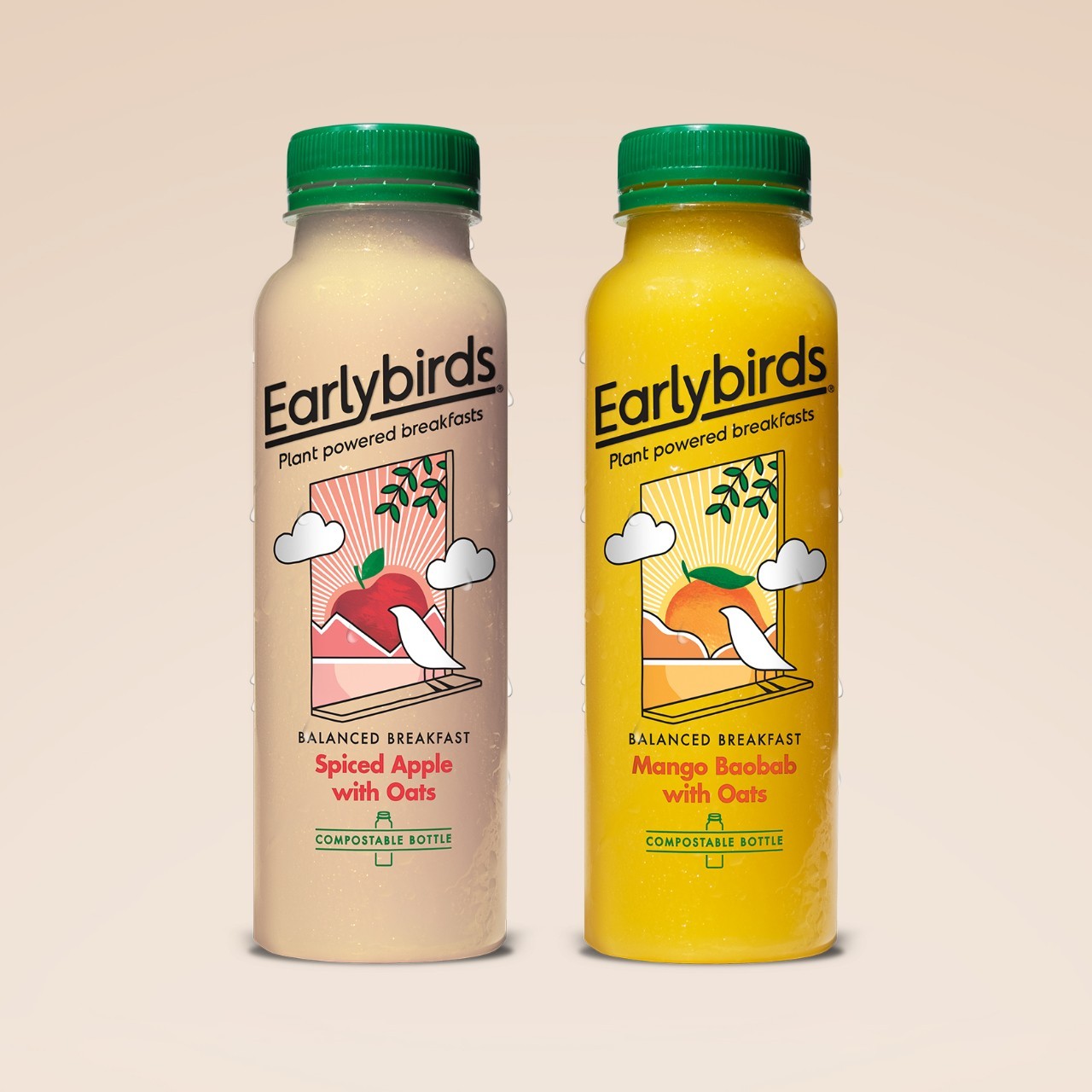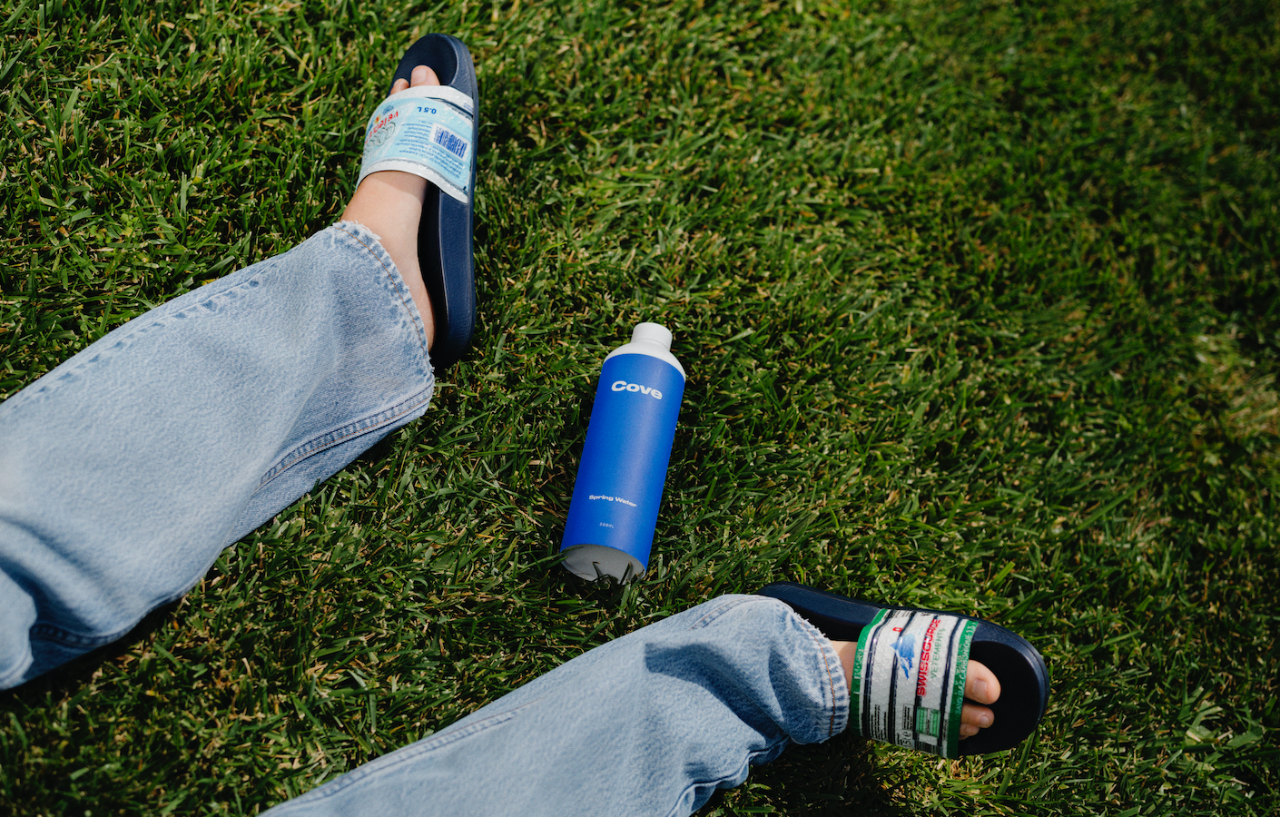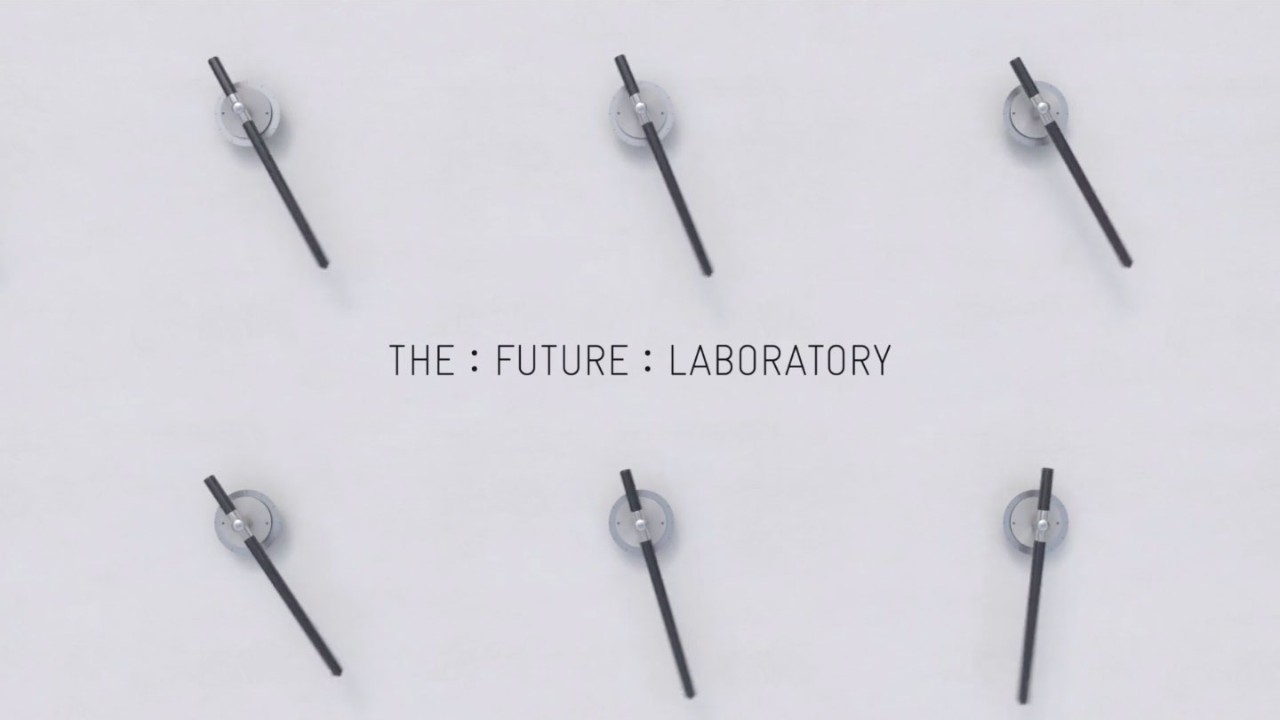Mines believes that, although these innovations are very niche, they force brands to think about their future packaging. With the lack of current consumer understanding and composting infrastructure, bioplastics are not the panacea that they seem – but continuing innovations show their promise for a future of limited-lifespan packaging. Either way, whether it is bioplastic or recyclable plastic, an important step for brands will be to educate consumers not only about the composition of a plastic product but how to dispose of it. ‘The public will no longer allow such low levels of plastic recycling,’ says Mines. ‘And brands, regulators and NGOs will have to figure out a way to deliver that.’
Avery Dennison M_use Notes by Amy White
1. Avery Dennison is concerned about the urgent threat that irresponsible waste, especially plastic waste, poses to the health of the planet. So across our company, we’re helping to build a circular economy – one that eliminates waste and keeps existing materials in use.
2. We are increasing the amount of recycled content we use in our products; improving the recyclability of consumer goods, by working closely within our value chain to consider the full recyclability of packaging; and building a global system for recycling used labeling materials (be they from biodegradable or non- biodegradable plastics).
3. Our ClearIntent™ products include product labels made with paper certified by the Forest Stewardship Council®, label adhesives that make PET plastic bottles recyclable and labels made from renewable resources and manufactured in factories that meet the industry’s most stringent standards for worker safety and health, and more. To read more about the portfolio, please click here.
4. We believe that technology also provides sustainable advantages – as an example – by offering much greater visibility into inventories, intelligent labels enable companies to avoid overproduction and reduce waste. In the food segment, specifically, they allow producers and retailers to avoid spoilage and sell more product by its expiration date – also reducing waste. Intelligent labels can provide detailed information on where a product comes from and how it was made. And they can inform the owner of a product about how to best recycle the item at the end of its useful life.
5. As part of our ongoing research and development, Avery Dennison continues to be connected in the larger ecosystem and is exploring all options for the future, including future plastics and chemical recycling. We are always looking to collaborate with others who are trying to build a more sustainable future so if you have ideas, feedback or wish to get in touch please click here.




